Starbucks Revamps Corporate HQ: It’s a Latte
Two executives gave an inside view of this Seattle makeover at the recent CoreNet Global Summit.
How is Starbucks, one of the most recognized global brands, reengineering its workplace for post-pandemic life? Two senior executives involved in the company’s Seattle retrofit, Scott Davis, president of Splice Project Management, and Marc Weigum Sr., manager, Workplace Delivery – Corporate Real Estate, Starbucks Coffee Co., gave an insider’s look at the recent CoreNet Global Summit in Seattle.
Weigum said that the company had been thinking about how to create a modern workspace before the pandemic began. There are more than 4,000 employees in 1 million square feet at the company’s headquarters in Seattle.
“The big thing was that it can’t just be facilities, it requires HR and tech. That was instituted. It’s become its own entity within Starbucks. And that was one of the most instrumental things getting us to this point.”
READ ALSO: Why Slow Return-to-Office Doesn’t Threaten Office REITs Now
Another aspect of rethinking the office layout and design was more tied to the overall brand. While millions of people around the world associate Starbucks with a place to sit down, check email and get a coffee, the offices themselves were more standard and generic.
The pandemic brought the opportunity to recreate the workspaces in ways that mirrored the stores themselves.
Every department will have an area to sit, work, and—have coffee.
“This is one of those things that when partners do come back is going to be a game changer,” Weigum said.
Also, the layouts for the departments will reflect a neighborhood and community concept.
Every neighborhood will have a central area, a “front porch,” varying colors for different teams and the ability to create larger or smaller areas for enterprise and collaboration space.
“We took all the workstations away from the windows and just by doing that, the whole office seems much lighter and brighter,” Weigum said.
With 1 million square feet of space, way-finding can be difficult; and the company needed to create an atmosphere in which employees knew how to get around, because they would no longer have their own workstations. The company increased signage and the use of colors and different lettering, with Braille, not unlike signage one sees in an airport.
Square footage per worker is now increasing at Starbucks from 100 square feet to about 200 square feet. Prior to the pandemic, every employee had a dedicated space, now the offices are almost 100 percent flex. Corridors are three times the size.
The larger individual spaces can be accomplished, because each employee is likely to spend less time in the building.
Offices are dual purpose; they will support managers when they are working in person, but they can be used by others as a focus room when they are not. Some offices will be permanently designated, such as those for legal or HR, which have different requirements.
Tactical challenges
That change to flex space brought about one of the biggest tactical challenges that had to be planned and executed: scheduling employees to come back during the pandemic and removing their personal effects—photos, fridges, even dinosaur collections. More than the logistics involved, employees needed to be reassured they were not being laid off.
They called it “Pack to the Future.”
Davis said that “Starbucks was less knee jerk than other companies and has projected farther into the future, and because of that the company could use COVID-19 as an advantage, as bizarrely as that sounds. There was an upside; the building was mostly empty. There’s a lesson to use the challenge in front of you as an opportunity.”
“For me the takeaway is that change isn’t done. We just spent two years blowing up how people work together. We don’t know the sociological impact of that. The hope is that we can learn from all that fast figuring out stuff on the fly, and we’re going to have to do it again, but to what end, I don’t know.”
“If this (pandemic) only lasted for 3 months, we would have just gone back and nothing would have changed,” Weigum said. “But today, new hires don’t even know what it was like prior—that it was difficult to take a day off, or to be home. Now it’s the complete opposite.”
He said it will be another 12 to 18 months before they are going to have a good sense of how it is working, and in the meantime, there could be additional COVID-19 spikes.
“We can’t think it’s behind us and start doing sprints. Flexibility is the key.”
“This is going to jump you guys more in front,” Weigum added. ”You are going to be more up front visually; now comes the hard work and ensuring that we stay true to our objectives and goals and don’t just back off.”

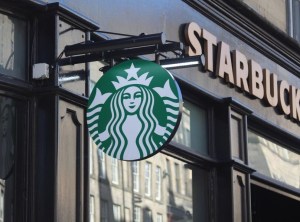
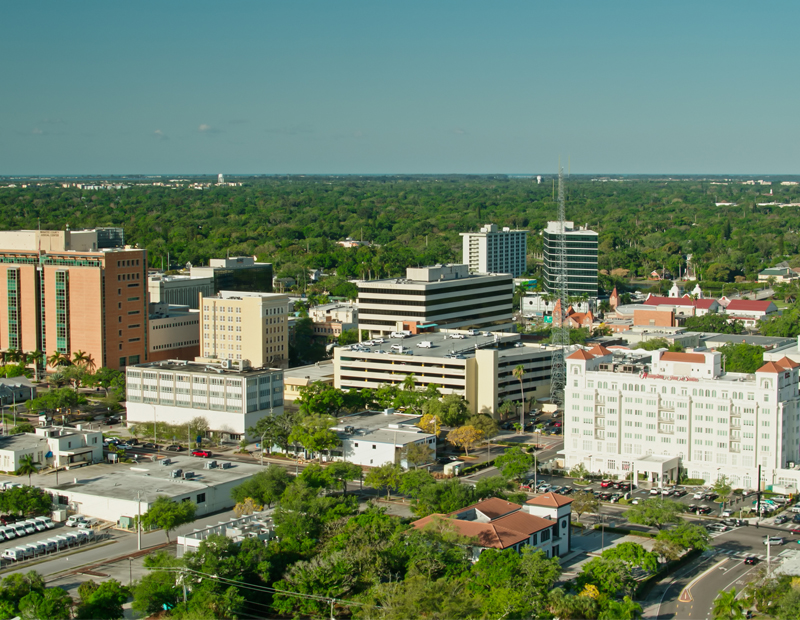
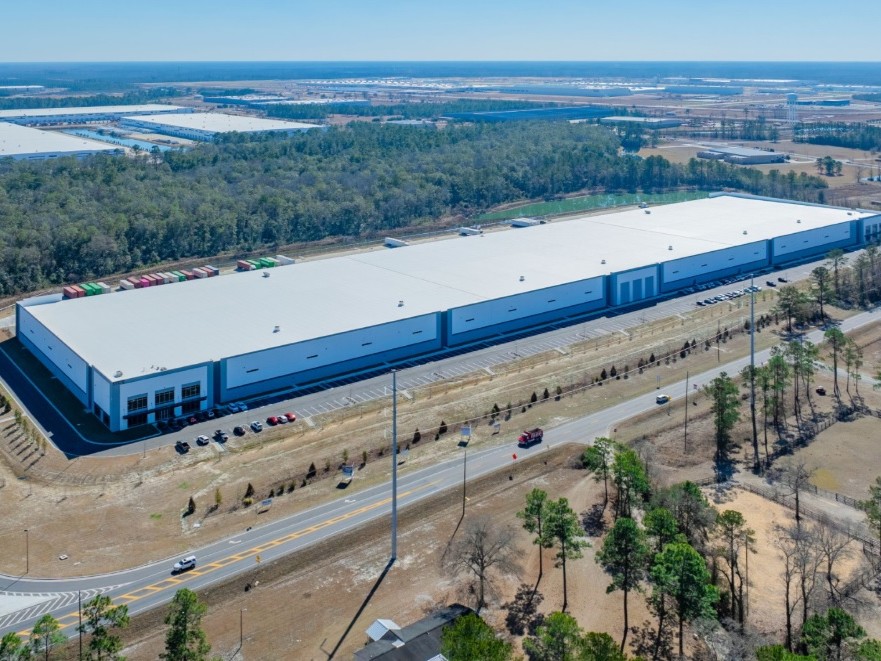
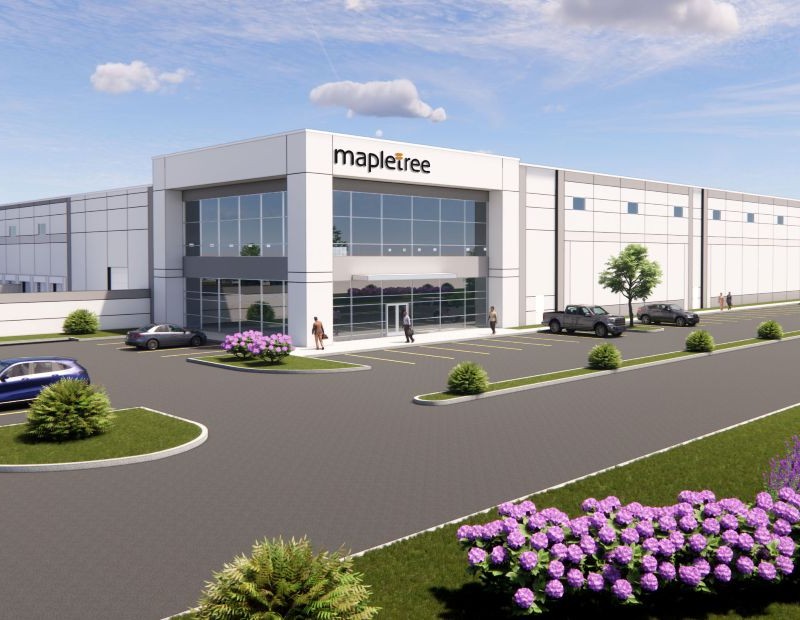
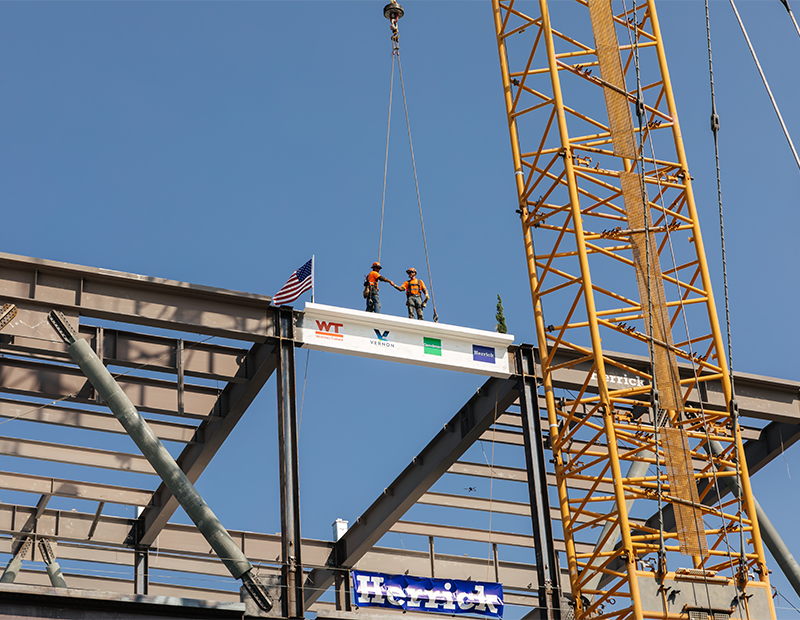
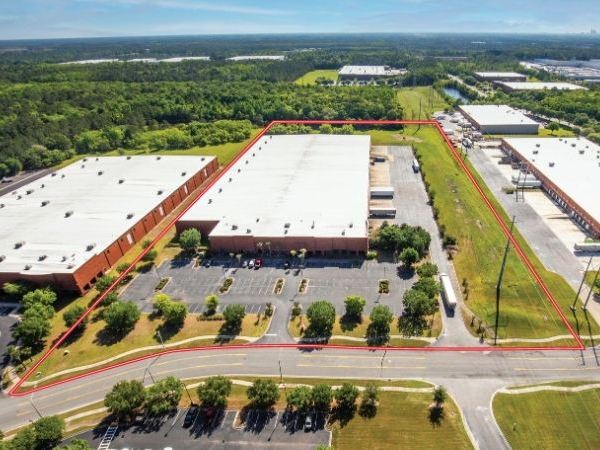

You must be logged in to post a comment.